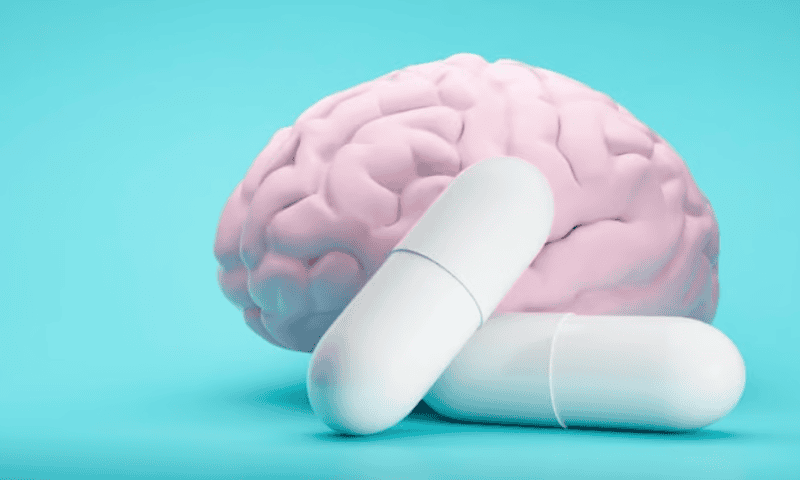When it comes to developing new pain drugs, the placebo effect is a powerful but baffling force. It’s well known that expectation alone can be enough to provide pain relief, even if the “treatment” is a sham with no real medical benefit. Though the relief provided by a placebo can be enough to make clinical trials for new pain medications fail, how our brains produce such strong pain relief through belief alone is largely a mystery.
Now, researchers have successfully mapped the neural circuits responsible for placebo pain relief in mice and found the effect is controlled by parts of the brain not previously thought to be big players in pain pathways. The results appear in the July 24 edition of Nature.
“Validated and rigorous animal models of placebo analgesia have been sparse in the past,” clinical neuroscientist Ulrike Bingel, M.D., Ph.D., of University Medicine Essen in Germany told Fierce Biotech in an email. This study “improves our understanding of endogenous, cognitively triggered pain modulation.” Bingel was not involved in the study but leads a collaborative research center studying how expectation influences treatment outcomes.
Though unquestionably a subjective experience, most researchers have focused on pain’s sensory side, Grégory Scherrer, Ph.D., told Fierce Biotech.
“Much less has been done about how we think about pain,” said Scherrer of the University of North Carolina at Chapel Hill. “Instead of the bottom-up part of the pain circuitry, now we’re looking at the top down.”
Scrutinizing cellular circuitry in the brain isn’t possible in human studies, so Scherrer and his research team turned to mice. Neuroscientist Chong Chen M.D., Ph.D., modified another technique used to study pain in mice to generate a placebo effect. Chen placed mice in a box with two chambers and warmed the floor of one chamber to a painful 48 degrees Celsius (about 118 degrees Fahrenheit). The mice quickly learned that when plopped down in this hot room, they could scamper to the other chamber for relief; Scherrer likened this to being on the beach during a hot summer day, when bathers can escape the scorching sand by moving closer to the water.
After a few days of training, Chen triggered a placebo effect by heating both chambers to the same high temperature. Even though switching rooms no longer actually provided any relief, the mice behaved as though it did. They preferred the formerly cooler room and showed fewer self-care behaviors, like licking their paws.
“There’s no more pain relief, but they think there will be,” Scherrer said. “They show less pain than mice that haven’t been conditioned.”
Mounting a miniature microscope on the mice’s heads while they were experiencing the placebo effect revealed heavy activity in the rostral anterior cingulated cortex (rACC), a brain region known to be involved in pain. Based on previous work, Scherrer also expected the amygdala to light up—but that’s not what the researchers found. Instead, neurons that connect the rACC to a part of the pons called the pontine nucleus (Pn) showed the most activity. Located down in the brainstem, the pontine nucleus leads only to the cerebellum, a neighborhood in the back of the brain best known for coordinating movement.
Scherrer said both the pontine nucleus and the cerebellum have not been previously recognized as major players in pain. Bingel is not surprised to see these regions involved, as there have been hints in the past.
“There has been complementary evidence regarding a role of the cerebellum in pain modulation,” she said. A 2021 meta-analysis of patient placebo brain scans she led “revealed the cerebellum as the brain area prominently associated with placebo analgesia.”
But the link had yet to be confirmed and analyzed in detail. Blocking the rACC-Pn neurons in mice disrupted the placebo effect, while an analysis of gene activity in the cells showed them to be dotted with opioid receptors.
“While the contribution of endogenous opioids and rACC had been widely acknowledged (also in human work),” Bingel said, this study “adds the pontine nucleus and its connections with the cerebellum to the equation, which is a very important finding.”
Scherrer said targeting these areas of the pons and cerebellum with novel drugs or electrical stimulation could lead to nonaddictive pain management, a holy grail in the field. A big next step is confirming that the rACC-Pn pathway controls the placebo effect in humans as well, and Bingel is also curious whether this circuit is involved in other processes involving expectations.
“Expectation effects on pain and analgesia are not limited to placebo treatments,” Bingel said. “The efficacy of analgesics could be boosted if one could boost expectancy mechanisms alongside.”

